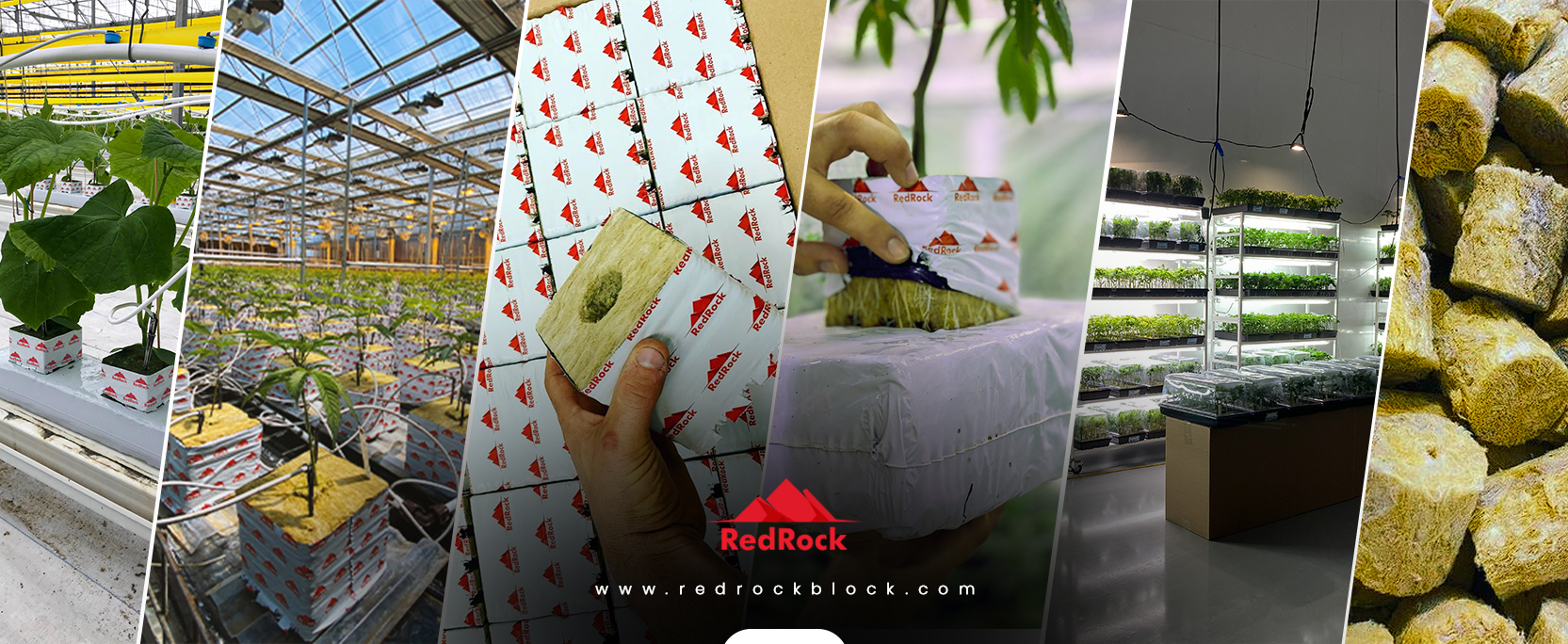Rocking and Rolling With Stonewool Recycling and Reuse
Carl Sagen was quoted as saying, “The Earth is the only [place] known so far to harbor life… there is nowhere to which we can move. Visit, yes. Settle, not yet.” With this in mind it should be a very important thought for growers for the conservation and wise use of Earth’s resources by both growers and consumers alike. We only have one planet so any time recycling and reuse can happen- the better. Regardless of how abundant a resource may seem, wise use is the best practice. In the horticulture industry, growers and producers from all corners of the industry strive to keep growing ‘green’ with wise agricultural practices and lower environmental impacts.
One material that can have a very direct impact on the environment or give an operation a larger carbon footprint is the growing media. Traditional media pulls from soil resources, coco coir from natural products, and even in a strictly hydroponic operation plastics and nesting material for roots have a waste aspect. In hydroponics, the use of either coco coir or stone wool is the most common practice. One selling feature of coco coir is the fact the material comes from the coconut fibers of processed coconuts meaning that it is an ‘eco-friendly’ solution. Stone wool has a rap for being a material that is non-renewable and with a high waste percentage, however, many growers are not aware that this material can be recycled and given new life as a new material.
What is Stonewool?
Stone wool is the product of volcanic rock known as a basalt rock. This basaltic rock is melted down at an extremely high temperature with the resulting liquid spun into thin fibers that are then pressed and shaped into various shapes and sizes. A binder is added to these cubes, blocks, and slabs. Stone wool is most commonly used in hydroponics or aeroponics. This material provides a much needed buffer for nutrient solution at the root zone while still maintaining permeability and porosity.
Stone wool growing media allows a grower to regulate the growth of crops within optimum ranges during the growing season. Plants are supported throughout the growing season with excellent root zone support, water retention, moisture control, and nutrient holding capacity. Once the season has ended, the facility needs to be cleaned and sanitized for the next crop. During this process, the stone wool materials will need to be replaced for the next season. Collection services, come to the facility to collect the stone wool materials such as cubes, plugs, slabs, and grow blocks. These specialists will process the stone wool from the growers to recreate new materials for other industries. Not only does the removal of the material get it away from the facility, it also gives an eco-friendly solution to a material that otherwise would be sent to a landfill.
The Magic of Recycling- How It’s Done
Once collected, the stone wool materials are stored in a secure area and processed throughout the entire year. Once the slabs and materials start to be processed, the first step is shredding down the materials. After shredding, the material is left untouched for around two months to allow for any excess water to drain. The shreds are then moved to a sieving area to have the materials separated from one another. In this stage, the plastic is separated from the stone wool and then from any remaining traces of plant material that was left behind. This stage has many intensive steps that further separates the materials. At the end of the process, three materials are left behind- plastic, plant material, and stone wool granulates. Stone wool takes center stage and is ready to be processed into a new life for other industries such as the construction industry where stone wool materials are converted into brick material.
Other Options Available:
Depending on the intensity of the crop being grown and the overall use of the stone wool, the material may be able to be reused for the next growing season. This is especially true for quick grown crops that do not take as long to go from germination to harvest. Inspection of the material should be done to ensure that the stone wool is still suitable for the proper support of a plant. The stone wool should also be cleaned and reset before planting a new set of crops in the material. This reduces the chance of pest or disease transfers to the next season.
If the stone wool can not be reused for growing crops, there are still other options available to a grower that give the material new life. Stone wool is an excellent aerator of sandy or clay soils. Adding this material improves what is known as the tilth of the soil. Similar to the recycling process, the stone wool will need to be shredded in order to create granules to be added to the soil to improve the aeration.
Options for End of Season Stone Wool |
|
The recycling or reuse of the material is essential in ensuring that the greenhouse industry can not only grow green things, but do so in a green manner. From the use of water, energy, space, and media a greenhouse can have a major impact on the world and leave behind a large footprint. However, when an operator is environmentally conscientious, that foot print becomes smaller and smaller with each eco-friendly action that is taken.
RedRock Block Commercial/Industrial-Grade Stonewool Grow Media
In need of rock solid grow media supply chain? Call- 1-310-967-2025 or click here to find out more information about RedRock Block’s commercial-grade stonewool starter plugs, mini cubes, starter blocks, stonewool grow blocks, solo slabs and mini solo slabs, and stonewool grow slabs– https://redrockblock.com/shop/



